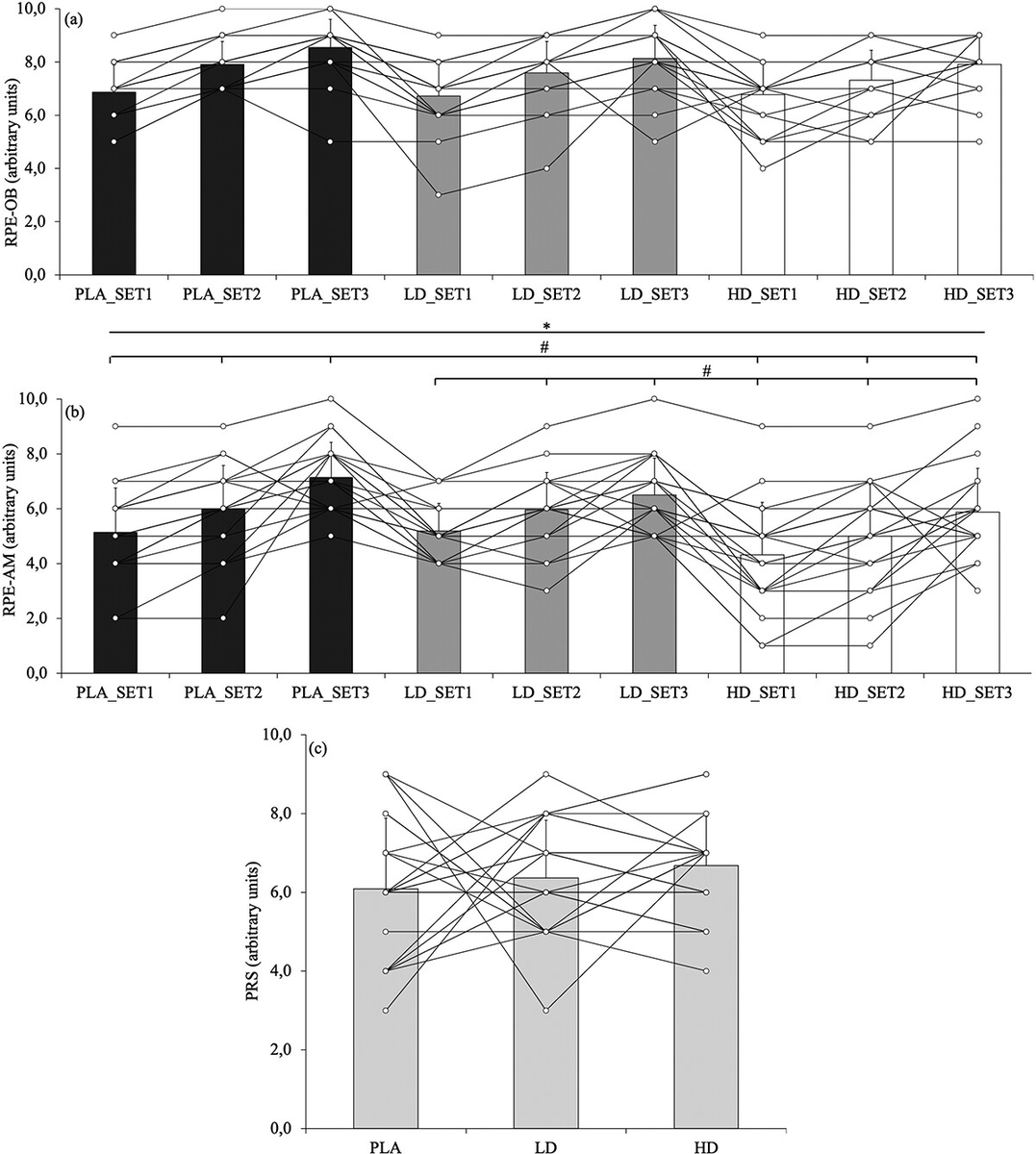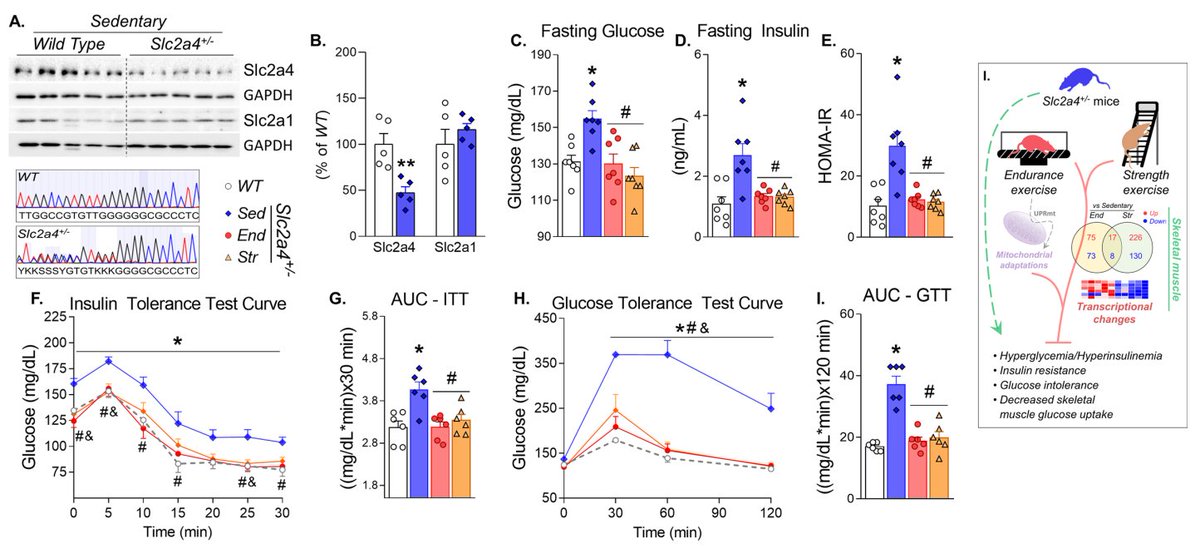The findings of this one suggest that acute evening HIIT may partially reduce the detrimental effects of partial sleep restriction on long-term declarative memory. 

- Some studies have shown that short sleep duration (<7 hours per night) is associated with adverse health outcomes and impaired cognitive functioning including poor attention, decreased concentration and impaired memory.
- The objective of this study was to estimate the extent to which a remote, evening HIIT intervention performed in the evening prior to encoding (learning) would compensate for the negative effect of sleep restriction...
...on long-term declarative memory (assessed with face-name association tasks) compared with an average sleep opportunity alone in healthy young adults.
- A home-based, remote study with a between-subject design comprising of four groups in a 2 (restricted sleep, 5-6 hours/night or average sleep, 8-9 hours/night) x 2 (HIIT or no exercise) design.
Findings:
- Whereas acute sleep restriction impaired long-term declarative memory, acute evening HIIT attenuated the memory impairment caused by sleep restriction on long-term memory performance relative to the average sleep condition.
- No statistically substantial differences in markers of long-term memory performance between the average sleep alone and the exercise conditions were observed, except the sleep restriction alone condition during the third stage of the memory task (delayed retrieval).
- However, markers of long-term memory performance were comparable between the HIIT plus sleep restriction and the sleep restriction conditions.
- Thus, while sleep restriction impaired long-term declarative memory, a short bout of acute exercise at a high intensity appeared to have a neuroprotective effect...
...by partially diminishing the negative impact of sleep restriction on long-term declarative memory performance at the delayed retrieval.
TL;DR version:
a) This study suggests that acute partial sleep restriction may negatively impact long term declarative memory performance.
b) However, a short bout of acute evening HIIT may partially decrease the detrimental effects of the sleep restriction.
c) That said, the acute evening HIIT intervention before an average night-time sleep did not enhance long-term declarative memory over and above that of the average sleep alone condition.
Acute Evening High-Intensity Interval Training may Attenuate the Detrimental Effects of Sleep Restriction on Long-Term Declarative Memory
doi.org/10.1093/sleep/…
#sleep #exercise #Workout #TrainHard #GymLife #GymTime #muscle #strength #lift #GetStrong #cardio #hiit
doi.org/10.1093/sleep/…
#sleep #exercise #Workout #TrainHard #GymLife #GymTime #muscle #strength #lift #GetStrong #cardio #hiit
• • •
Missing some Tweet in this thread? You can try to
force a refresh

 Read on Twitter
Read on Twitter








